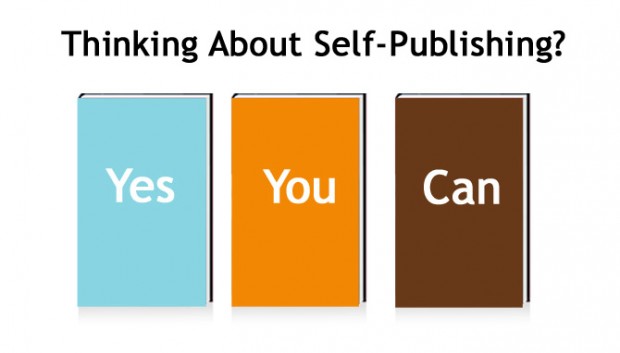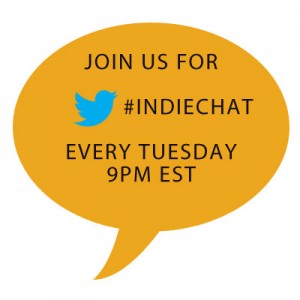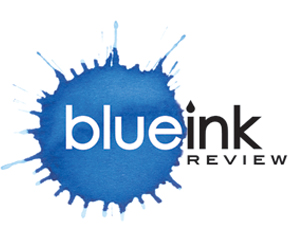If you are a self published author, I am sure you can recall a time not so long ago when finding ways to distribute and market your book was a Herculean challenge. You had to be creative, business savvy, and sometimes a little demanding in order to get the recognition and respect you deserved. Not to mention, you also had to be (and pardon the expression) a “little thick” skinned in order to deal with the rejection all self published authors face at some point in their burgeoning career.
As a self published author myself, I can vividly recall those days. I remember the great feeling of accomplishment I had when I completed my first manuscript. I was super elated when friends and family members commended me on my work. That feeling was only surpassed when I saw my work in print for the first time. It was official. I was an author. I was wide eyed and bushy tailed and ready to take my product to the world. Then it happened. Reality came knocking on my front door, and it came with a few thousand copies of my book- packed neatly in approximately 32 boxes.
What was I to do? I had a ship load of books and about 30 orders. Needless to say, I found places to put those boxes. At first they were well organized, accounted for, and in neat rows throughout my mom’s house. But…..at some point later a few of those boxes became clothing racks and places to hold random household items. Admittedly, I used one as a tv stand and I probably ate a few meals on top of one of them. Oh, and the books were still in them. As the years progressed, I was successful at selling quite a few books. I attended countless conferences, hosted book signings at local churches, visited schools and conducted book talks. I even managed to have a few local bookstores carry my book and was interviewed by a local tv station. Yet with all that labor, I didn’t even scratch the surface of the publishing industry. I was another small fish in a huge pond being overshadowed by those fortunate enough to have the commercial backing of big publishers/distributors.

Fast forward to 2013. New authors who choose to self publish their work are fortunate to have less complicated options. Major distributors like Amazon and Barnes and Noble are making it easier to compete with major publishing companies. Now I am not suggesting that the playing field is completely leveled, but you can definitely grow a few more scales. The advantages for self publishing are far more attractive now than ever before. Below is an abbreviated list of a few advantages:
-Higher royalties and the ability to receive payment directly from companies like Amazon on a more frequent basis (based on sales).
-The ability to have your book printed on demand vs. storing large quantities of your book at home.
-The ability to have your book offered as an ebook.
-The ability to market your book online through personal websites or social media.








Follow Us!